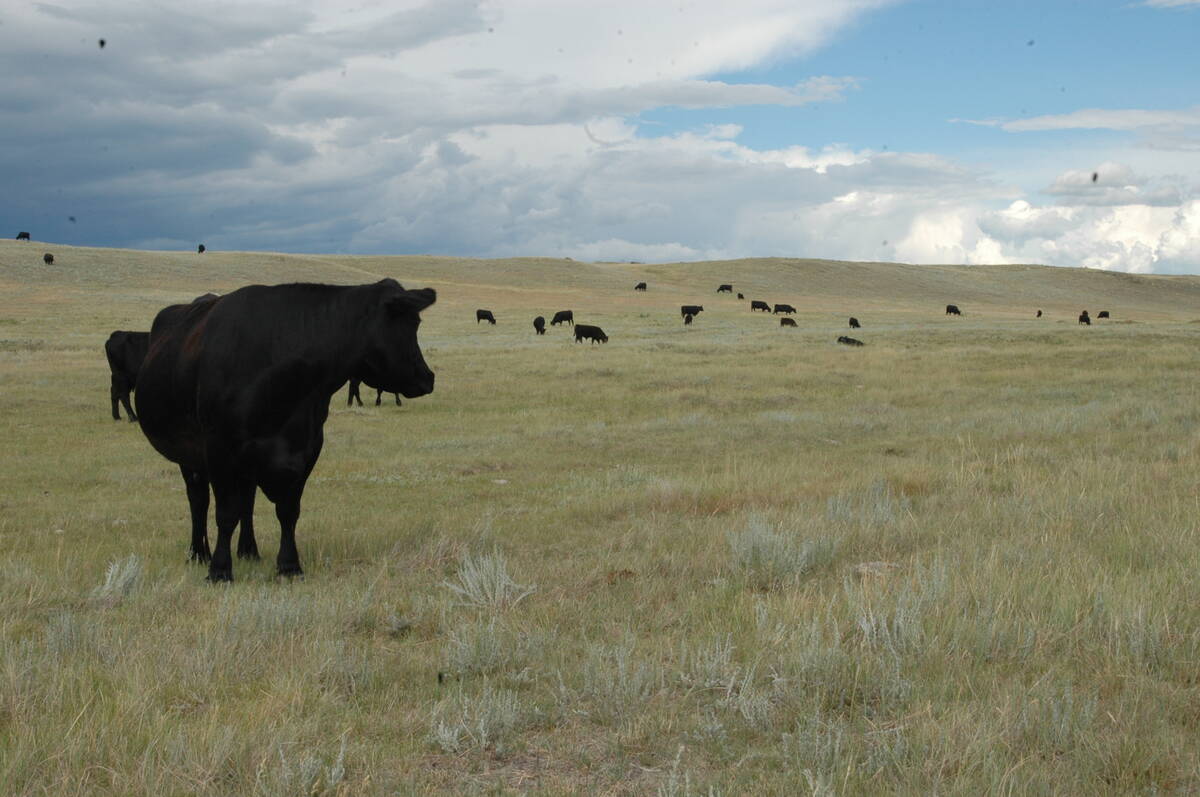PONOKA, Alta. — Producers shouldn’t be afraid to look at the grain and cattle industries for creative ways to finance their entry into the bison business.
It took some thinking, but Paul Kolesar said being creative helped him sell his cattle when prices were at rock bottom.
It was the 1990s, and he had 120 cows he no longer wanted. Prices were low, but he didn’t want to give them away. Instead, he placed an advertisement in the paper to rent his cows.
He received eight or 10 phone calls, including a serious one from a young man who wanted to start his own cattle herd. His father had lease land but wanted to retire, and the son wanted to get into the business without a huge cash outlay.
Read Also

Canadian Food Inspection Agency slammed for handling of bovine tuberculosis case
The federal government leans heavily on producers to “take one for the team” and risk their livelihoods without any reassurance of support.
“It was an opportunity that worked out for us both,” Kolesar told bison producers at their recent annual convention.
A rental agreement was drafted, lawyers for both sides looked it over and the cattle were delivered to the new renter in the fall.
The calves were branded with Kolesar’s brand when they were born in the spring as a way to ensure payment was made.
Kolesar said the devil is indeed in the details, whether producers are renting their animals, selling grain, custom feeding livestock or investing in the bison business.
“Both parties have to understand the intention and expectations,” he said.
Kolesar said the details need to be in writing, no matter what is agreed upon. He recommended keeping a simple set of notes that could be used to form a contract.
Whatever the agreement, both sides need to stick to it, he said.
“If you want to wreck a risk management technique, back out of your contracts.”
He said the bison industry is not large, and word will spread quickly if a producer doesn’t honour his contracts.
“Live by the deal, and go on to make another deal.”














